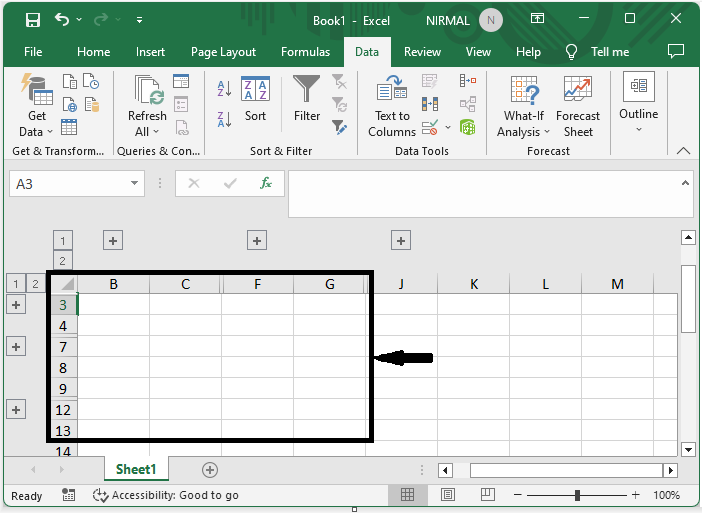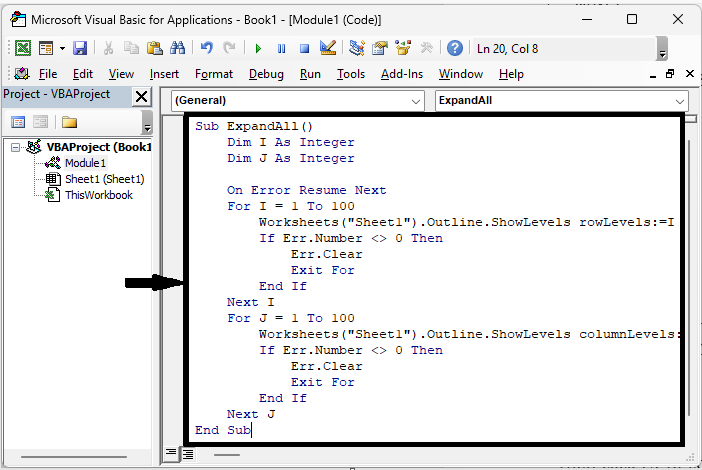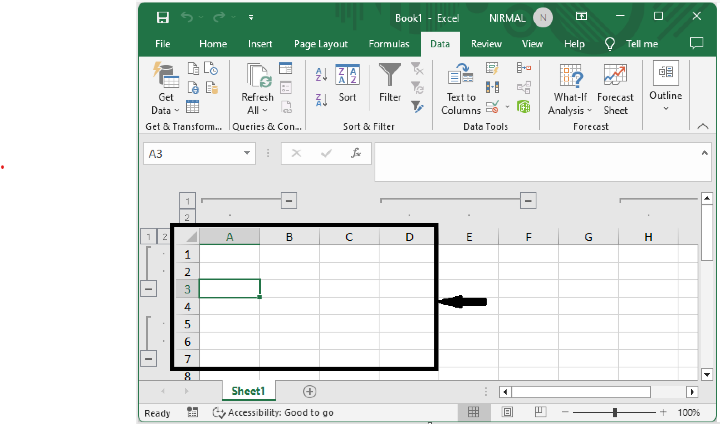
 Data Structure
Data Structure Networking
Networking RDBMS
RDBMS Operating System
Operating System Java
Java MS Excel
MS Excel iOS
iOS HTML
HTML CSS
CSS Android
Android Python
Python C Programming
C Programming C++
C++ C#
C# MongoDB
MongoDB MySQL
MySQL Javascript
Javascript PHP
PHP
- Selected Reading
- UPSC IAS Exams Notes
- Developer's Best Practices
- Questions and Answers
- Effective Resume Writing
- HR Interview Questions
- Computer Glossary
- Who is Who
How to Expand or Close All Group Rows and Columns in Excel?
The ability to group rows and columns in Excel is one of the tool's robust capabilities for handling and organising massive data sets. By using groups, you may easily navigate and analyse your data by collapsing or expanding worksheet portions.
In this article, we'll look at Excel's group rows and columns and how to open and close them. Having a firm grasp of these strategies will enable you to easily browse through your data and concentrate on the particular areas you need, whether you're working with a challenging financial model, a comprehensive project plan, or any other spreadsheet that requires a lot of data. You will have a firm grasp on the various methods for handling grouped data in Excel by the end of this course and be able to use them in your own projects. In order to learn how to expand and shut group rows and columns in Excel, let's get started.
Expand or Close All Group Rows and Columns
Here, we will first create a VBA module and then run it to complete the task. So let us see a simple process to know how you can expand or close all group rows and columns in Excel.
Step 1
Consider an Excel sheet where you have grouped rows and columns as shown in the below image.
Right-click > View Code.

First, right-click on the sheet name and select View code to open the VBA application.
Step 2
Then click on Insert and select Module, then copy the below code into the text box.
Insert > Module > Copy.
Code
Sub ExpandAll()
Dim I As Integer
Dim J As Integer
On Error Resume Next
For I = 1 To 100
Worksheets("Sheet1").Outline.ShowLevels rowLevels:=I
If Err.Number <> 0 Then
Err.Clear
Exit For
End If
Next I
For J = 1 To 100
Worksheets("Sheet1").Outline.ShowLevels columnLevels:=J
If Err.Number <> 0 Then
Err.Clear
Exit For
End If
Next J
End Sub
In the code, Sheet1 is the sheet name.

Step 3
Then click F5 to complete the task. Then you can see that all the groups in Sheet 1 will be ungrouped.

Note
If you want to group all the cells using the below code,
Sub CollapseAll()
Worksheets("sheet1").Outline.ShowLevels 1, 1
End Sub
Conclusion
In this tutorial, we have used a simple example to demonstrate how you can expand or close all group rows and columns in Excel to highlight a particular set of data.

